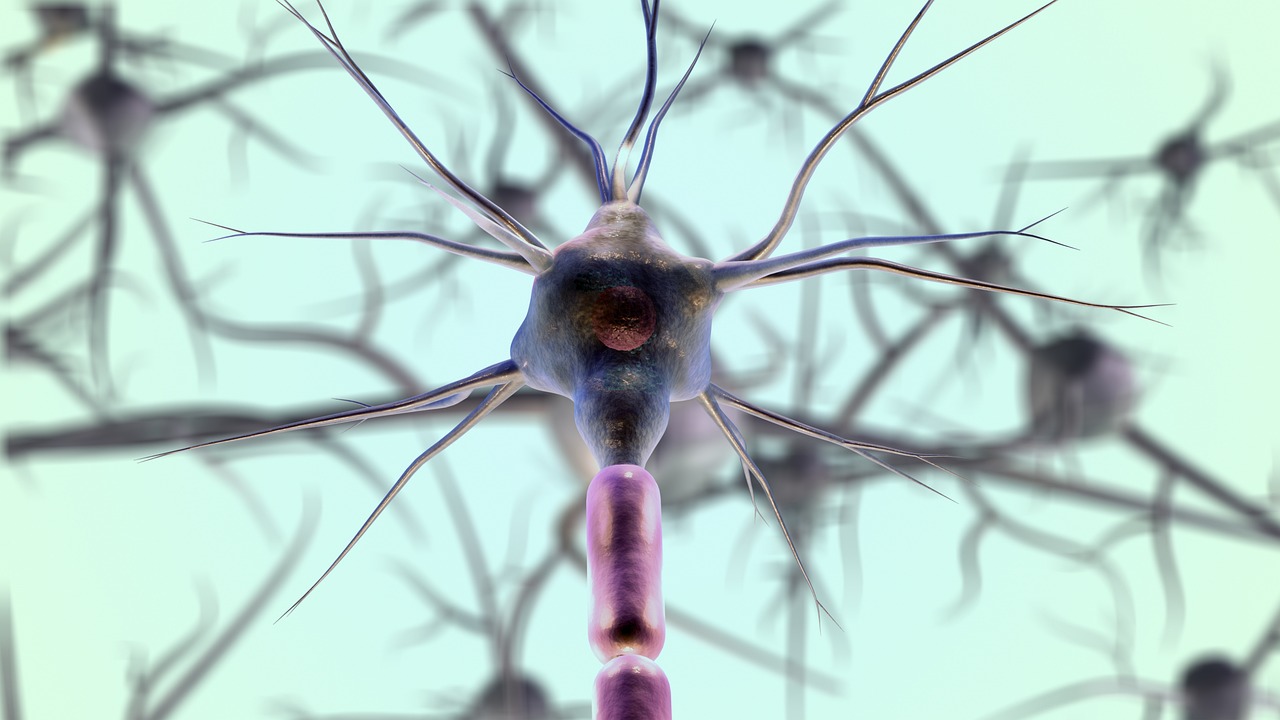Rewiring Your Brain: The Remarkable Power of Neuroplasticity
The human brain, once considered a fixed and unchangeable organ after childhood, is now recognized for its remarkable capacity to rewire and adapt throughout life. This discovery, known as neuroplasticity, has revolutionized our understanding of the brain, offering new strategies for preventing cognitive decline, recovering from brain injuries, and enhancing mental performance.

Understanding Neuroplasticity: A Paradigm Shift
Neuroplasticity refers to the brain’s ability to reorganize itself by forming new neural connections, allowing neurons (nerve cells) to compensate for injury and adjust to new situations or changes in the environment. This revolutionary concept, which emerged in the late 20th century, shattered the long-held belief that the adult brain was “hard-wired” and incapable of significant change.
The Implications of Neuroplasticity: Hope for Brain Health
Neuroplasticity holds enormous implications for brain health. For instance, stroke victims who lose motor skills can regain them through rehabilitation exercises that rewire healthy parts of their brain. Likewise, cognitive training can strengthen neural pathways associated with memory and attention, offering potential benefits for conditions like Alzheimer’s disease and Attention-Deficit/Hyperactivity Disorder (ADHD).
Neuroplasticity in Practice: Harnessing Brain Power
While the science of neuroplasticity is complex, its application can be as simple as engaging in challenging mental activities, such as learning a new language, playing a musical instrument, or practicing mindfulness meditation. Such activities stimulate the formation of new neural connections, enhancing cognitive flexibility and resilience.
Fascinating Facts About Neuroplasticity:
- The brain can continue to form new cells and neural connections throughout life, a process known as neurogenesis.
- Neuroplasticity is a double-edged sword: it can lead to both positive and negative changes in the brain.
- Physical exercise, nutrition, and sleep also influence neuroplasticity, highlighting the interconnectedness of physical and mental health.
Closing Thoughts: Embracing the Power of Neuroplasticity
In essence, neuroplasticity offers a powerful testimony to the brain’s remarkable adaptability, resilience, and potential for growth. By gaining a deeper understanding of this scientific breakthrough, we can harness the power of neuroplasticity to optimize brain health, improve cognitive performance, and enrich our lives. The future of brain science is indeed promising, and it all begins with the understanding that our brains are not static but dynamic entities, capable of remarkable transformation and adaptability throughout our lives.





